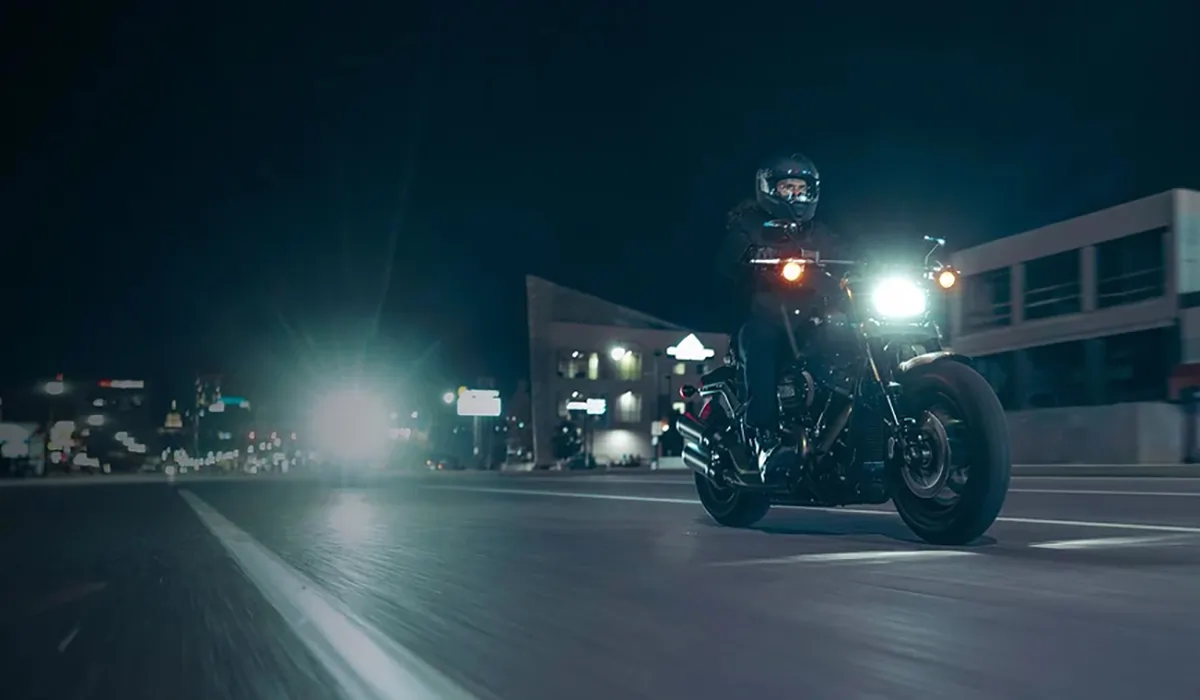Shares 2
How To Use Headlights And Auxiliary Lights Properly?
Last updated on 28-Jul-2025 , By Badhon Roy
To ensure safe nighttime travel, headlights are essential for all vehicles including bikes. Sometimes on highways or other roads the stock headlights might not provide sufficient illumination prompting the use of fog lights or auxiliary lights. Unfortunately, many riders are unaware of the correct usage of these lights leading to problems for oncoming vehicles and even accidents. Today, we will guide you on the proper usage of lights.

Approved Colors for Headlights and Auxiliary Lights and Indicators
Only white or yellow lights are allowed for headlights or auxiliary lights. For indicators amber or yellow lights are permitted. Red, blue, green, or any flashing lights are strictly prohibited on regular vehicles since they are designated for emergency services like police, fire services, or ambulances. Using such lights with flashers on personal bikes or cars is not only annoying to other road users but also illegal. Law enforcement agencies can take action if they notice such lights. It is best to avoid using them.
Also Read: Motorcycle Light Price In Bangladesh

Using Auxiliary or Fog Lights
There are varying opinions on using auxiliary or fog lights. However, the correct approach is to position these lights on the front of the bike in such a way that they do not dazzle or disturb other road users. Typically, using auxiliary lights within city limits during the daytime is prohibited. At night or when visibility is reduced (due to fog or rain) these lights can be used. Since there are no specific legal guidelines for using fog lights on bikes in Bangladesh, it is advisable to replace the stock headlight bulb with a high-quality LED instead.
Also Read: FNM Light Price In Bangladesh

Proper Use of High Beam and Low Beam
Many riders are not aware of the correct usage of high and low beams. On city roads where street lights or other vehicle lights are present, it is advisable to use the low beam. As soon as an oncoming vehicle becomes visible, switch to the low beam to avoid blinding the driver. Also, when following a vehicle, use the low beam to prevent glare through the rearview mirror.
High beams should only be used in dark or poorly lit areas, such as highways, rural roads, or forested regions when there is no oncoming vehicle. When there is a risk of animals crossing the road, keeping the high beam on can help detect them earlier. High beams can also be used to signal oncoming traffic at blind corners, hilly areas, or accident-prone zones. During overtaking, use the pass light instead of keeping the high beam on permanently. Knowing the correct colors and proper usage of lights can significantly reduce nighttime riding accidents.
For Public Awareness - Team BikeBD
T
Published by Badhon Roy














